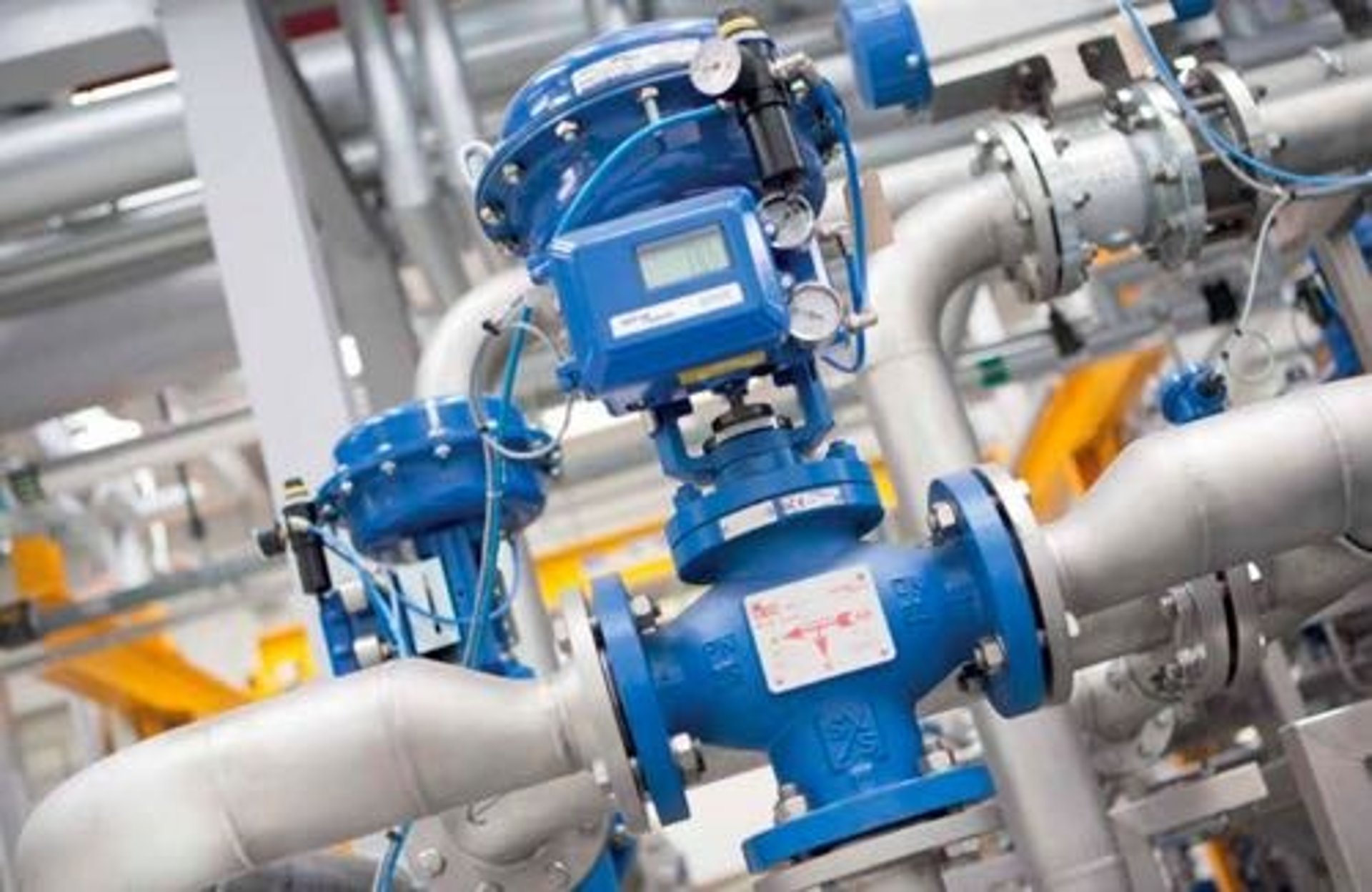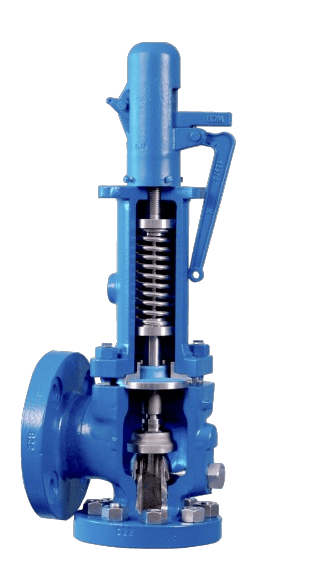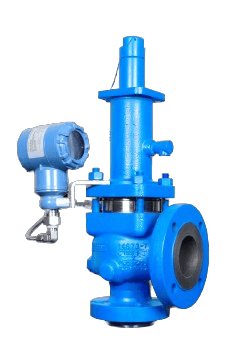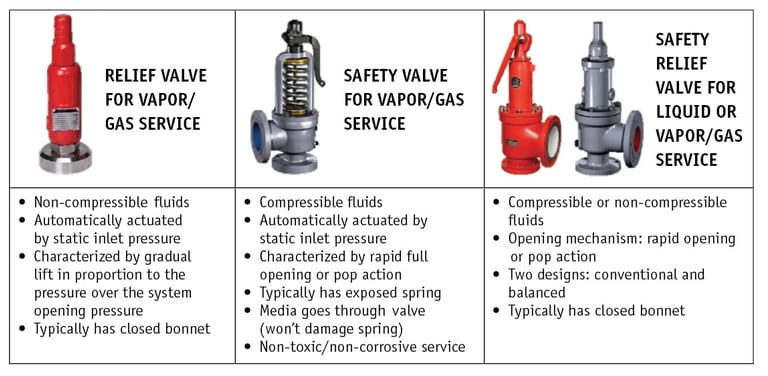Your Trusted Partner in Oil, Gas, Petrochemical, and Other Industrial Supplies

Guardians of Safety: The Vital Role of Pressure Relief Valves in Industrial Facilities
"Discover the unsung heroes safeguarding industrial operations in our latest blog post. Learn how Pressure Relief Valves (PRVs) act as silent sentinels, protecting against overpressure risks and potential disasters. Delve into the intricate world of PRV design, standards, and maintenance, guided by the stringent codes of the American Society of Mechanical Engineers (ASME) and the National Board (NB).
4/13/20242 min read


Facilities rely on a variety of valves to maintain their operations, with each valve serving a specific function. A typical facility may have gates, globes, butterfly, plug valves, and more, each designed to function based on different process conditions. These valves can be manually operated or controlled by air, electric, hydraulic, or other means. Most valves can be categorized into three types: control, on/off, or pressure relief. Among these, pressure relief valves (PRVs) stand out as unique.
PRVs are often referred to as the "silent sentinel" because they act as guards, constantly vigilant in protecting systems from overpressure. In any system where there is flow and pressure, there's a risk of overpressure, which can pose significant dangers to people, equipment, and the environment. PRVs serve as the last line of defense in such systems, remaining idle until called into action when pressure builds up beyond safe levels, thereby safeguarding against potential disasters.


The design and operation of PRVs are governed by various codes and standards, such as those set by the American Society of Mechanical Engineers (ASME) and the National Board (NB). These standards dictate factors like the speed at which the valve must open and close, as well as terms such as simmer, set pressure, blowdown, and rated capacity. Compliance with these standards is mandatory for ASME-certified manufacturers, assemblers, and repair facilities, necessitating a rigorous certification process and substantial investments in infrastructure and personnel.
Knowledge is also crucial in PRV assembly and maintenance. Certified individuals with extensive knowledge of PRVs are required to ensure compliance with industry standards. PRVs come in various types, with spring and pilot-operated being the most common. Spring-type valves can be conventional or bellows sealed, while pilot valves can be snap acting or modulating, each serving specific purposes based on process conditions.
Furthermore, PRVs can be customized with different materials and configurations to suit specific applications. Access to manufacturer data and OEM components is essential for assembly, service, and repair to maintain compliance with code requirements. Unlike other valves that are constantly opened and closed, PRVs are purchased with the hope that they will never need to open, emphasizing the importance of manufacturers, repair facilities, and distributors in ensuring their reliability when called upon.




SOCIAL MEDIA
OFFICIAL STORE
We offer solutions to customers in need of quality equipment for the industry.
CATEGORY
Instrumentation
Valve
Fitting & Flange
Electrical
General Trading for Project
PT. Karya Manaru Energi
Kirana Two Office Tower, Lantai 10A, Jl. Boulevard Timur No.88
Pegangsaan Dua, Kelapa Gading, Jakarta Utara
DKI Jakarta - 12450
MARKETING OFFICE
© 2025 PT. Karya Manaru Energi.
All Right Reserved


